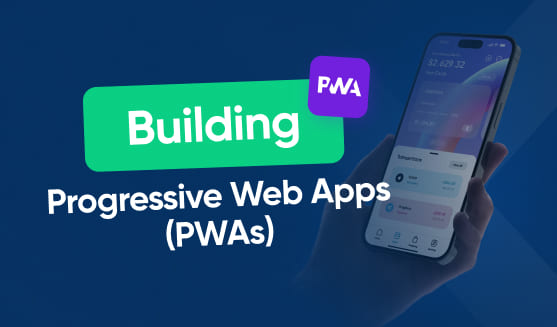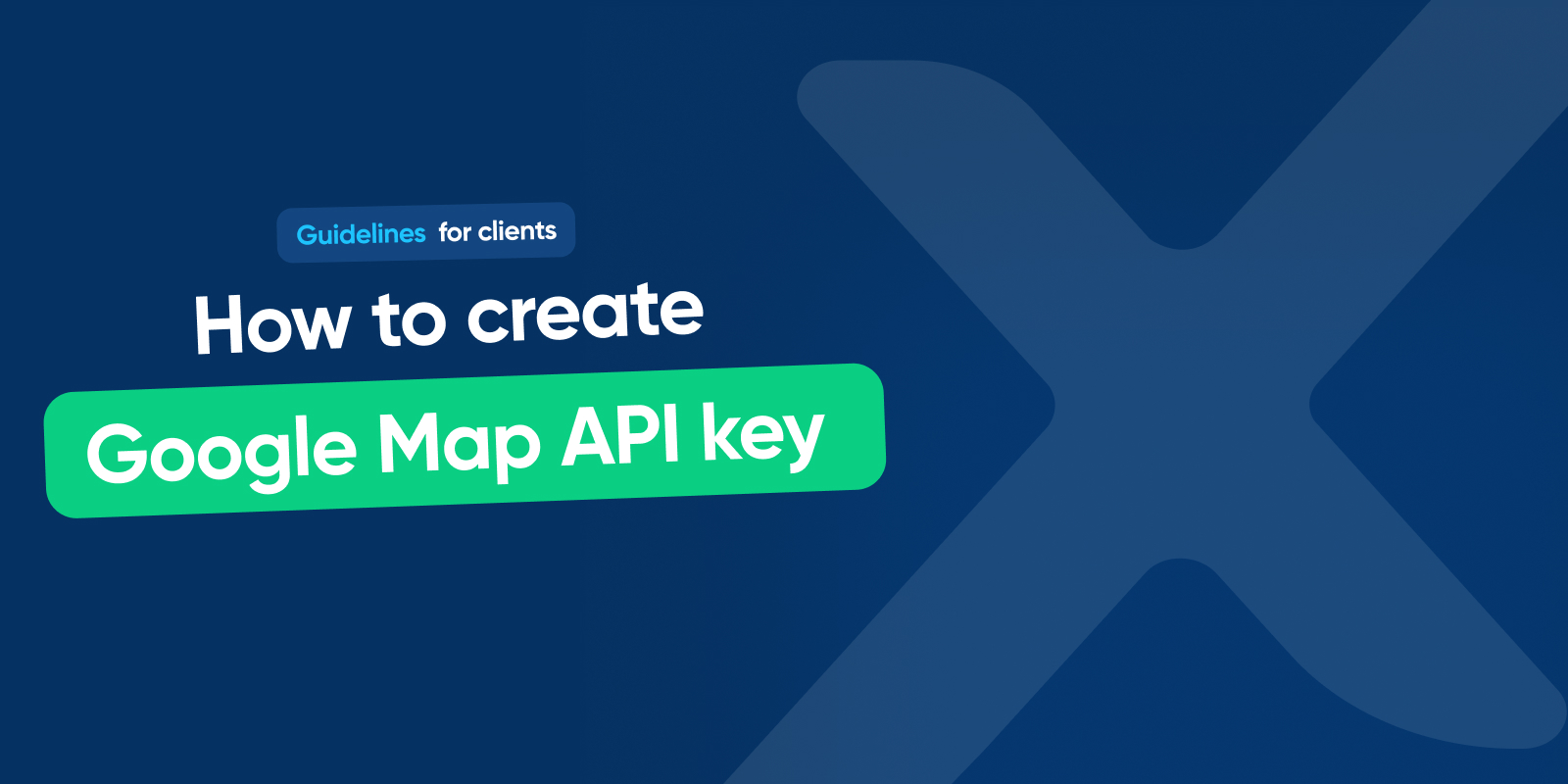
Progressive Web Apps (PWAs) have gained significant popularity in recent years, revolutionizing the way we develop and deliver web applications. By combining the best features of both web and native apps, PWAs offer a seamless user experience across various devices and platforms.
Understanding Progressive Web Apps
In order to comprehend the true potential of PWAs, it is essential to grasp their fundamental characteristics and benefits. PWAs are web applications that leverage modern web technologies to deliver an app-like experience. They are designed to be fast, reliable, and engaging, ensuring users can access and interact with them effortlessly.
But what exactly makes PWAs different from traditional web apps? Let’s dive deeper into the world of Progressive Web Apps and explore their defining features and advantages.
Defining PWAs: An Overview
Progressive Web Apps are more than just regular websites; they are a new breed of applications that provide users with an immersive experience, regardless of whether they are online or offline. PWAs are built using a combination of web technologies such as HTML, CSS, and JavaScript, allowing developers to create dynamic and interactive experiences.
What sets PWAs apart from traditional web apps is their ability to be installed on a user’s device, just like a native app. This means that PWAs can be accessed directly from the home screen, offering instant loading times and allowing users to leverage device capabilities, such as push notifications and offline functionality.
Imagine having the convenience of accessing your favorite app instantly, without the need to download it from an app store. That’s the power of PWAs.
Key Features of Progressive Web Apps
There are several key features that define and distinguish PWAs from other types of web applications. These features contribute to enhanced user experiences and increased engagement:
- Responsive Design: PWAs are designed to adapt seamlessly to different screen sizes and resolutions, ensuring optimal display across devices. Whether you’re using a smartphone, tablet, or desktop, the PWA will look and feel great.
- Offline Functionality: PWAs leverage service workers to provide offline access to content, allowing users to continue using the app even when no internet connection is available. This means you can still browse, read, and interact with the app’s content even in remote areas or during network outages.
- Push Notifications: PWAs can send push notifications to users, enabling real-time updates and re-engaging them even when the app is not actively being used. Stay up to date with the latest news, promotions, or personalized messages, all without having to open the app.
- App-like Experience: PWAs are immersive and feel like native apps, with features such as full-screen mode, smooth animations, and interactive gestures. You’ll enjoy a seamless and intuitive user experience that rivals that of native apps.
- Secure and Safe: PWAs require HTTPS to ensure data integrity and protect user privacy, promoting a secure browsing experience. Your sensitive information and interactions within the app are safeguarded, giving you peace of mind.
The Importance of PWAs in Today’s Digital Landscape
In today’s fast-paced digital world, users have come to expect fast, reliable, and engaging experiences across all platforms. As mobile usage continues to soar, a seamless mobile experience has become imperative for businesses and developers alike.
PWAs bridge the gap between web and native apps, offering businesses an opportunity to expand their reach and provide a consistent experience across different platforms. With PWAs, users no longer need to download and install native apps, saving storage space and reducing friction in the onboarding process.
Furthermore, PWAs enable businesses to reach users even in low connectivity areas, providing a reliable experience that adapts to the user’s network conditions. This increased accessibility not only enhances user satisfaction but also allows businesses to stay connected with their audience at all times.
By embracing the power of PWAs, businesses can unlock new possibilities and deliver exceptional experiences that keep users coming back for more.
Service workers are a fundamental component of Progressive Web Apps (PWAs) that play a crucial role in providing offline functionality and improving performance. These JavaScript files run in the background separate from the main browser thread, allowing PWAs to cache content and resources, intercept network requests, and deliver a seamless user experience even in unreliable network conditions. By enabling push notifications and background synchronization, service workers enhance user engagement and retention, making PWAs feel more like native applications.Moreover, service workers are event-driven, meaning they can respond to various events such as fetch, push, and sync, enabling developers to implement custom logic and tailor the behavior of their PWAs. This flexibility empowers developers to create personalized experiences for users, such as pre-caching frequently accessed content or dynamically updating the app shell based on user interactions. Understanding the intricacies of service workers is essential for optimizing the performance and functionality of PWAs, ensuring that users have a fast, reliable, and engaging experience across different devices and network conditions.


